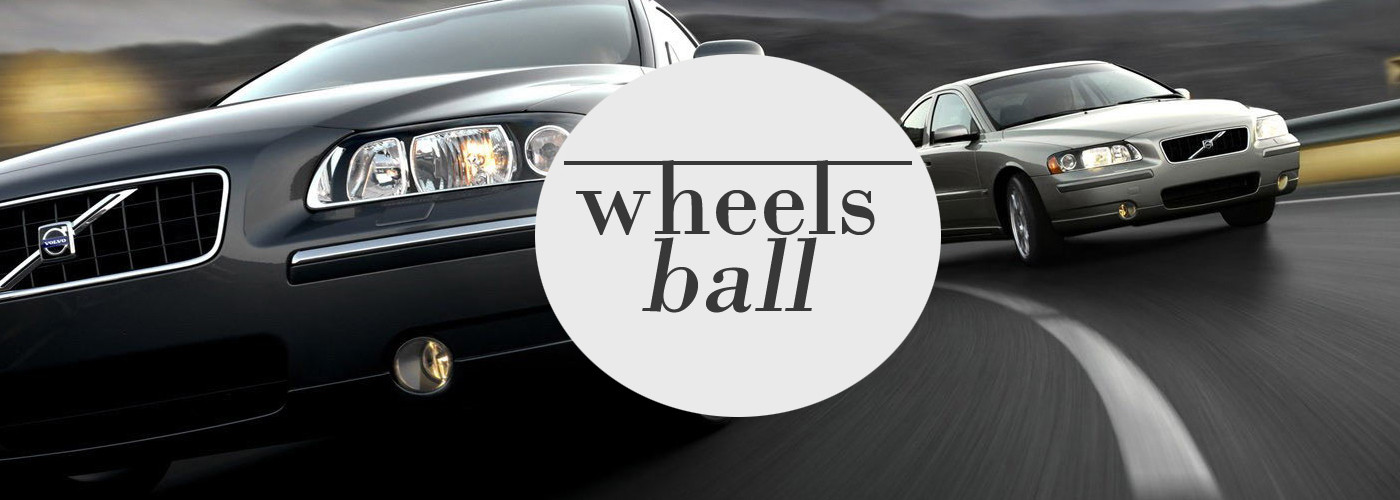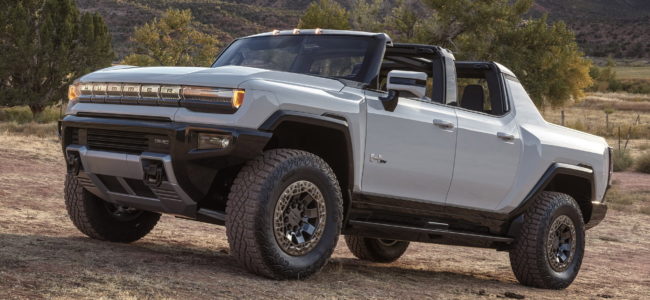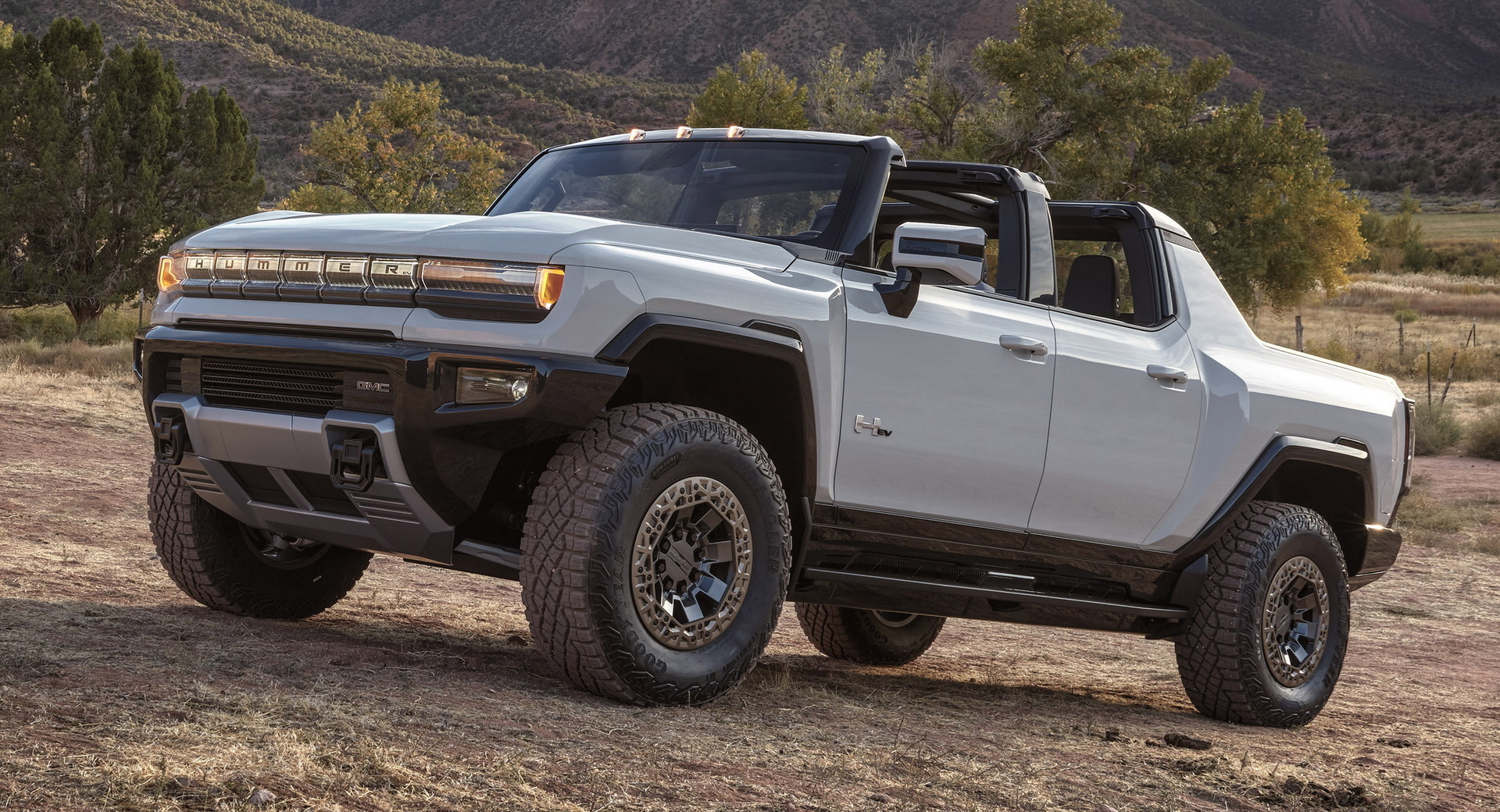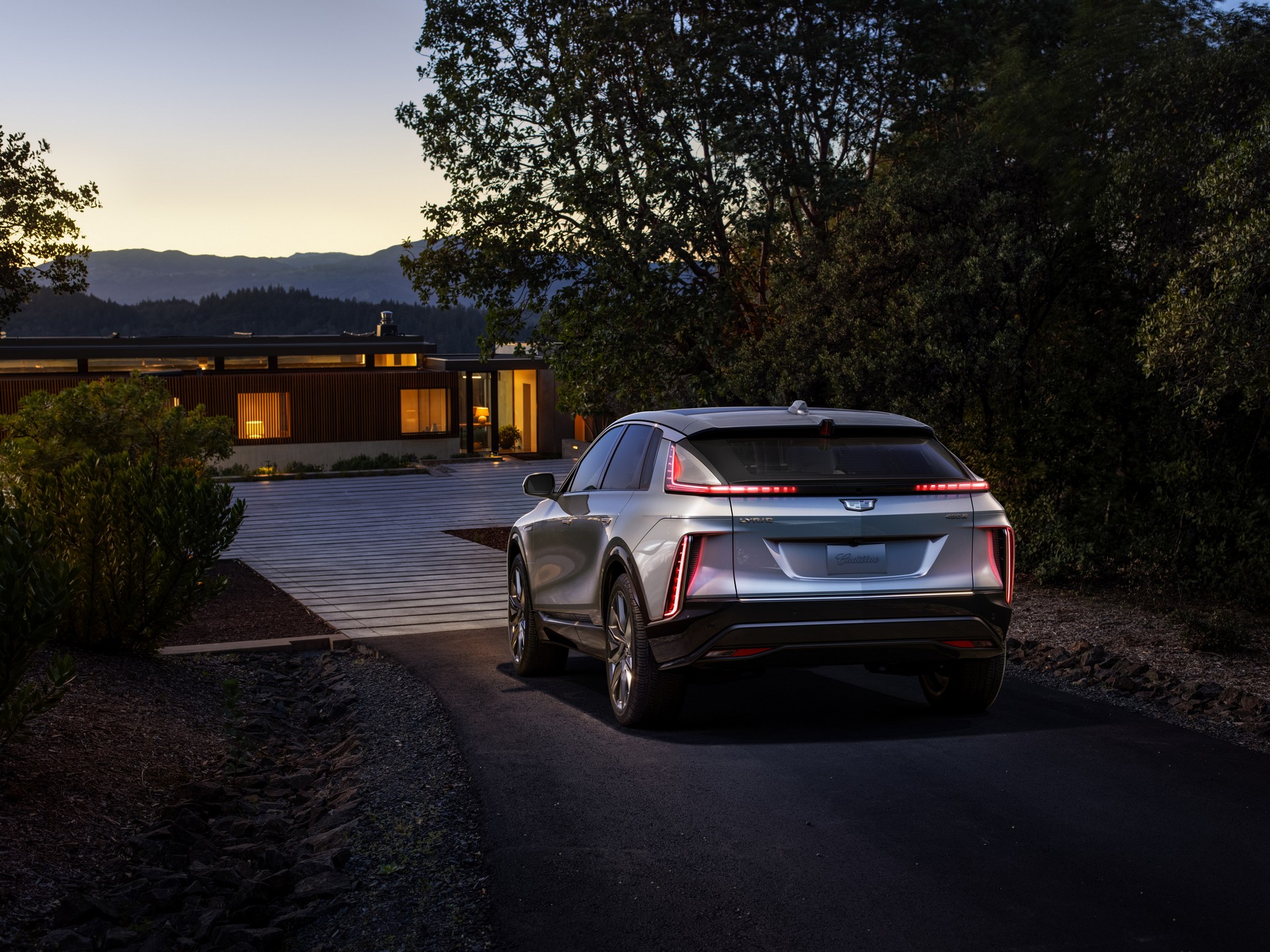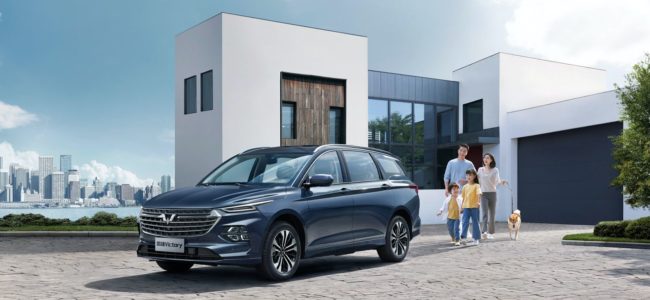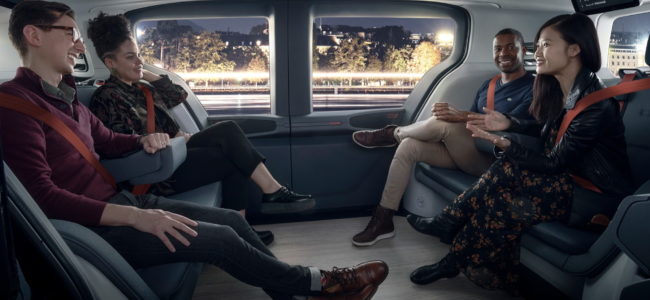General Motors chief executive Mary Barra says the car manufacturer can catch Tesla in U.S. sales of electric vehicles by 2025.
GM intends on launching no less than 30 electric vehicles by 2025 and while recently speaking during CNBC’s Squawk Box, Barra expressed confidence in her belief that the company will establish itself as the EV leader.
Read Also: GM To Install Up To 40,000 New Chargers In The U.S. And Canada
“I am very comfortable, because when people get into these vehicles, they are just wowed,” she said. “So we will be rolling them out and we’re going to just keep working until we have No. 1 market share in EVs.”
Tesla currently dominates the electric vehicle space in the United States. In fact, the automaker accounted for 79 percent of all EVs sold in the U.S. throughout 2020. However, research and forecasting company HIS Markit says Tesla’s U.S. share of EV sales will drop to 56 percent throughout 2021 and fall to approximately 20 percent in 2025.
Speaking with CNBC, LMC Automotive added that sales of EVs, including plug-in hybrids, will account for less than 4 percent of vehicle sales across the country this year. The research firm suggests that EVs will make up 34.2 percent of new U.S. vehicle sales by 2030, with 4.1 percent of those sales being for plug-in hybrids.
A key pillar in GM’s EV expansion goals is their plans to install up to 40,000 Level 2 EV chargers across the United States and Canada as part of a $750 million investment.
For GREAT deals on a new or used Nissan check out O’Neil Nissan TODAY!
